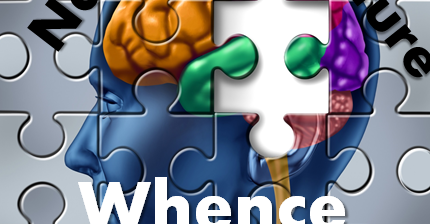Category Archives: Cognitive Science
04 Feb Body Language in Understanding

How much can you hear without a word being spoken? How often does something about a person’s face, posture or hand gestures completely contradict the “normal interpretation” of the words they speak, creating a sense of sarcasm or other indirect message? To what extent are the academy awards influenced by an actor’s ability to use […]
03 Feb Mapping a Thought
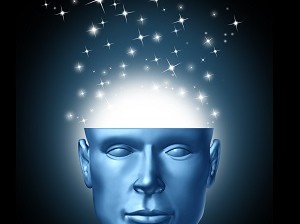
What is truly going on in a network of billions of cells with trillions of connections? Can we even begin to figure it out – is mapping a thought possible? When I was in the midst of my studies in which I initially wrote this, MRIs and CAT scans were the best of our ability […]
31 Jan Feature Selectivity in Vision
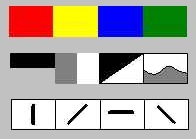
This post is another in the series on specialization, in which the author stresses the need for very heterogeneous models for imitating brain capabilities with computers. An important discovery of neurophysiological and cybernetic research is that many neurons, particularly those in areas of the brain that specialize in processing perceptual data, are feature selective. Vision processing is […]
30 Jan From Aristotle to the Enchanted Loom
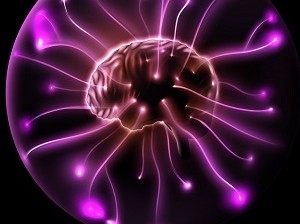
“Swiftly the brain becomes an enchanted loom, where millions of flashing shuttles weave a dissolving pattern-always a meaningful pattern-though never an abiding one” (Charles Sherrington). What of the centillion warps and woofs of ideation? Does it never abide? Passing seems to take away all that was ever weft, unless the Gods endow immortality on our thoughts and carry them […]
29 Jan Brain Signal Variations

I’ve focused, in the last few posts, on the structural and functional variety in neurons and synapses. Brain signal variations include local potentials and post-synaptic potentials. Local potential differs from action potential in that the latter is generally characterized by a brief electrical spike and return to resting potential. This characterization of action potential does not always apply: […]
27 Jan Go With the Flow
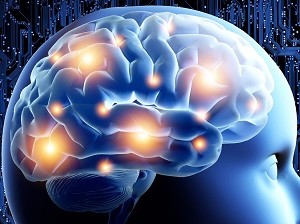
Modeling Neural Electrical Flow Patterns From looking at possible mechanisms for information storage, we move back to its movement. It may be important to understand the patterns of electrical flow in the brain to define good models for artificial systems that attempt to match human competence in cognitive processing tasks. This is what neural network and […]
25 Jan The Chromophore as Digital Bit
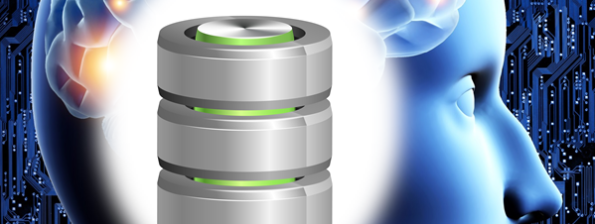
I have opined in prior posts that the skeletal components that give structure to axons and dendrites, especially microtubules, may play a larger role in cognition than previously thought. The illustration of microtubule structure at right shows how the alpha and beta tubulin dimers string themselves together to make protofilaments, which further join one another […]
18 Jan Multi-Layered Perceptron

Multi-Layered Perceptron In prior posts we introduced the concept of the artificial neural network and the perceptron model as a simple implementation of a neural network. We showed the structure, including an input layer and an output layer. Let’s look at one of the typical approaches for processing input to derive the output. The net output of […]
17 Jan Perceptrons and Weighted Schemes
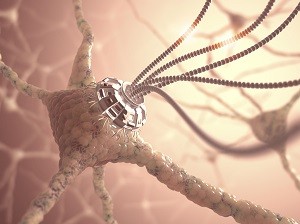
Perceptrons In the late 1600’s, John Locke expounded an associationist theory in which neurons or “bundles” of neurons came to represent certain ideas and associations between ideas. Rosenblatt‘s work seems a logical extension of associationist theory. Perceptrons can perform linear discrimination, thus enabling them to model the cognitive function of recognition (or, in computational terms, pattern classification). […]





